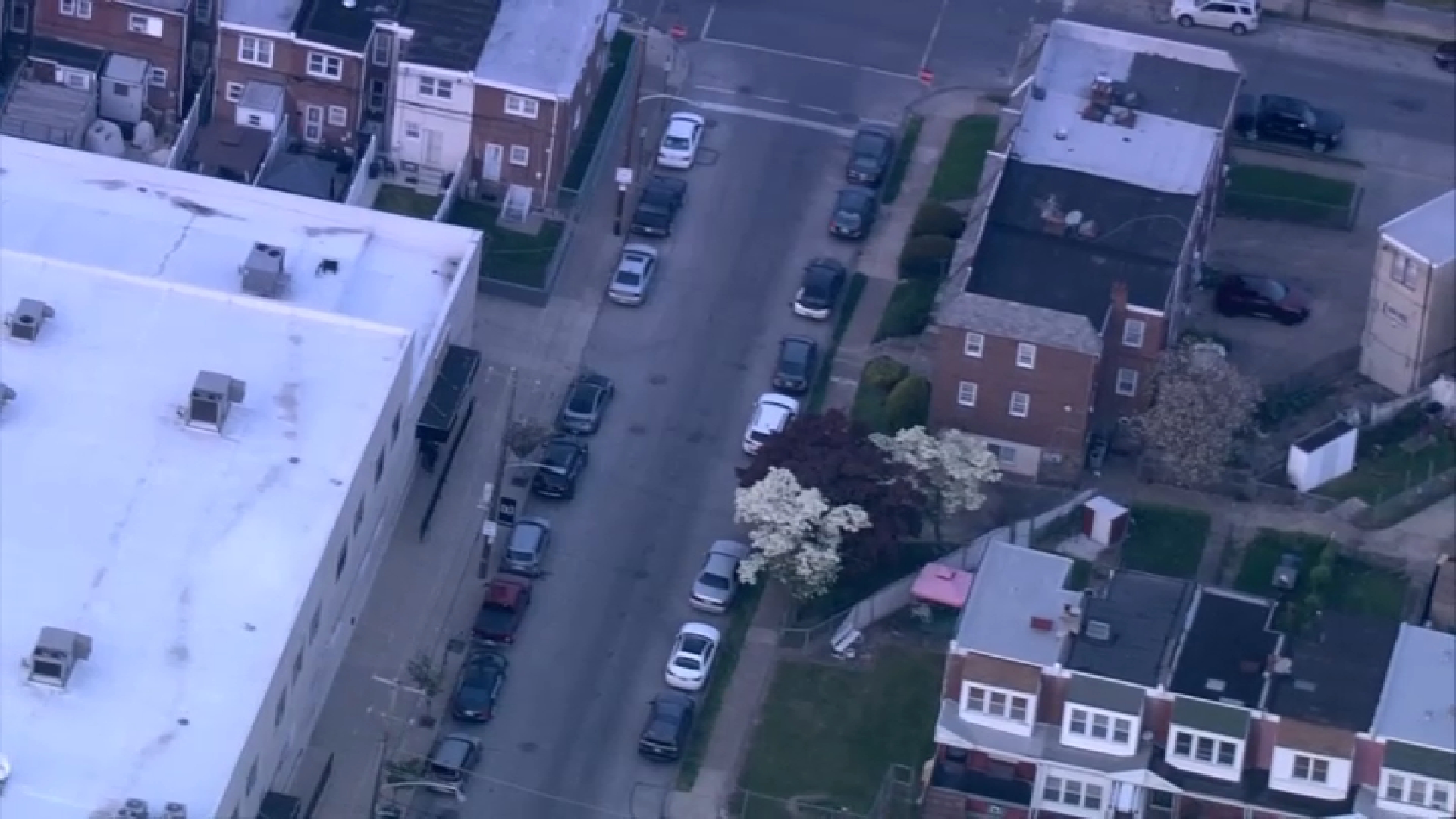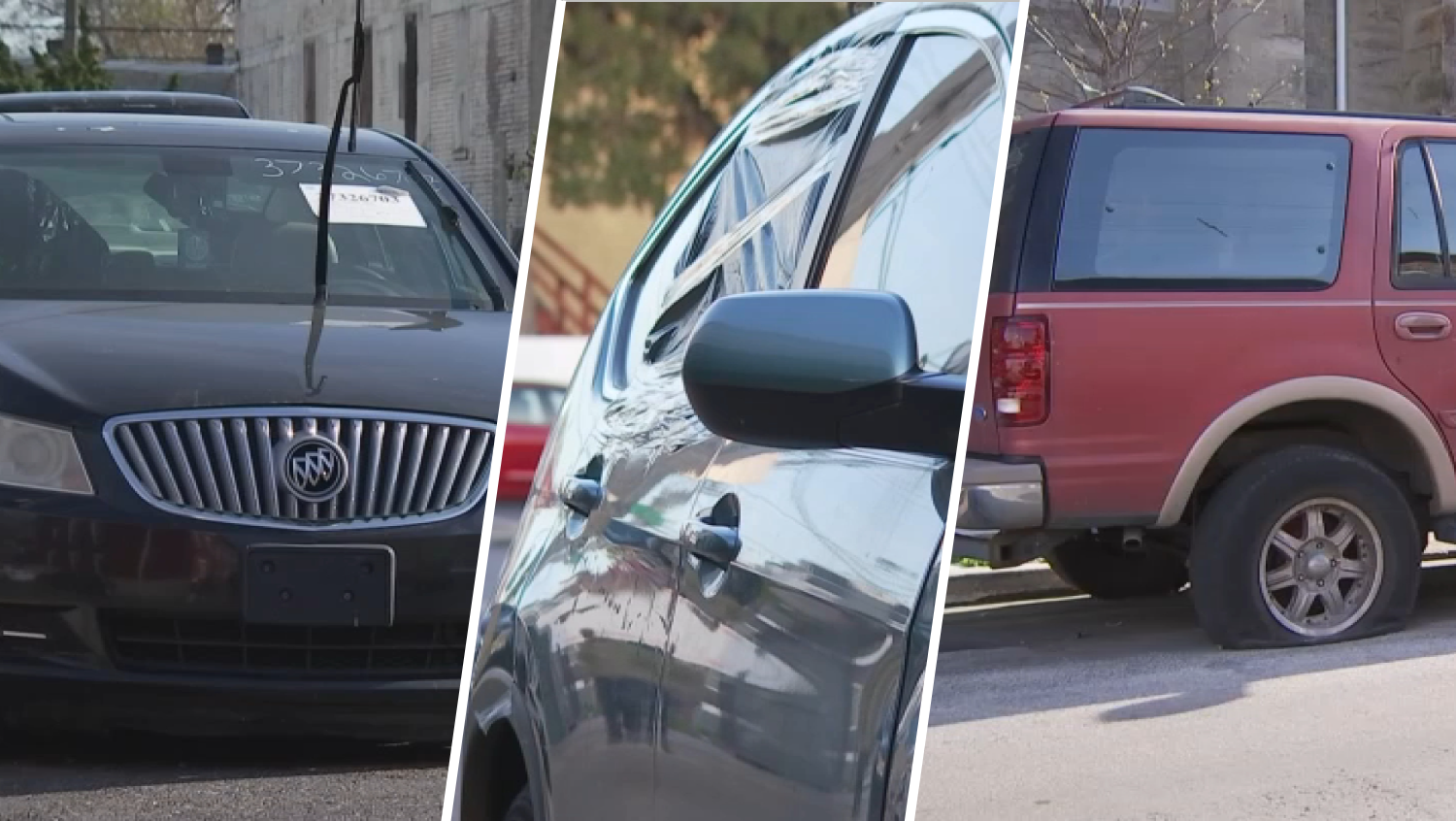A drop in the legal alcohol limit could have resulted in more than a thousand drivers being arrested for driving under the influence just in Pennsylvania.
In the past five years, there were 1,413 crashes statewide where the driver had a recorded blood alcohol content between 0.05 and 0.07-percent, according to the Pennsylvania Department of Transportation. Nearly 130 of those crashes resulted in one or more person’s death.
That's just about 5-percent of the 29,047 alcohol-related crashes that happened statewide over the past five years. 2,052 of those crashes were deadly.
Earlier this week, the National Transportation Safety Board recommended all 50 states reduce the legal limit to 0.05-percent. It currently stands at 0.08-percent.
The NTSB points to studies which found people were at a significantly higher risk – two-times or more -- of getting into a crash once they surpassed the 0.05 limit.
“The research clearly shows that drivers with a BAC above 0.05 are impaired and at a significantly greater risk of being involved in a crash where someone is killed or injured,” said NTSB Chairman Deborah Hersman.
On average, a 180 lb. man can reach that limit by drinking three 12-oz. beers in an hour. A 140 lb. woman would only need to drink two 8-oz. glasses of wine in one hour to reach the limit.
Local
Breaking news and the stories that matter to your neighborhood.
The United States has one of the highest blood alcohol content limits in the world, according to the NTSB. The vast majority of countries in Europe, Asia, South America as well as Australia all have limits of 0.05-percent or lower.
The NTSB says fatalities in Europe were cut in half within 10 years of implementing the lower limit.
State legislators set the legal alcohol limit and could either raise or lower it at any time. In 2003, the Commonwealth lowered the legal limit from 0.10-percent to the current 0.08-percent – a move that was recommended by the NTSB decades before.
Carol Ronis, communications director at Mothers Against Drunk Driving (MADD), says MADD appreciates the NTSB's new move, but stopped short of endorsing the recommendation.
“They’re raising awareness to a 100-percent preventable crime," she said. “This is one approach, this is one piece of the pie."
MADD, through its Campaign to Eliminate Drunk Driving, has been focusing not on lowering the blood alcohol levels, but rather, better enforcement and new technology, according to Ronis.
The campaign, which was endorsed by the U.S. Congress, focuses on high-visibility law enforcement, developing new technologies to prevent intoxicated people from operating a vehicle and requiring ignition breathalyzers installed in the cars of all convicted drunk driver.
Currently in Pa., only those who have a prior DUI offense are required to install the ignition breathalyzer, called ignition interlock, in their vehicle.
“Recidivism is a huge problem," Ronis says. "Just because someone gets caught the first time, doesn’t mean they won’t commit the same crime again.”
MADD estimates drunk driving fatalities cost Pennsylvania $12 billion over the past five years.
“The campaign is leading the nation toward eliminating drunk driving," she says. "We’re moving along on the same path as the NTSB and ours is working."
Penalties for being arrested for driving under the influence can vary depending on prior offenses. But assuming the state lowers the legal limit and keeps the same penalties, a first-time offender could get up to 6 months of probation and face a $300 fine.
Drivers involved in fatal crashes, if found guilty in court, could receive a sentence of up 10 years in jail.
Contact Vince Lattanzio at 610.668.5532, vince.lattanzio@nbcuni.com or follow @VinceLattanzio on Twitter.



